Here’s what the Jueju poetry form is:
Jueju is a Chinese poem form consisting of a quatrain with exactly 20 or 28 Chinese characters in total.
The form is often likened to a ‘shortened sonnet’ but this seems to mostly refer to a specific adaptation of the form proposed by Robin Skelton in The Shapes of Our Singing.
So if you want to learn all about the Jueju poetry type, then you’ve come to the right place.
Keep reading!
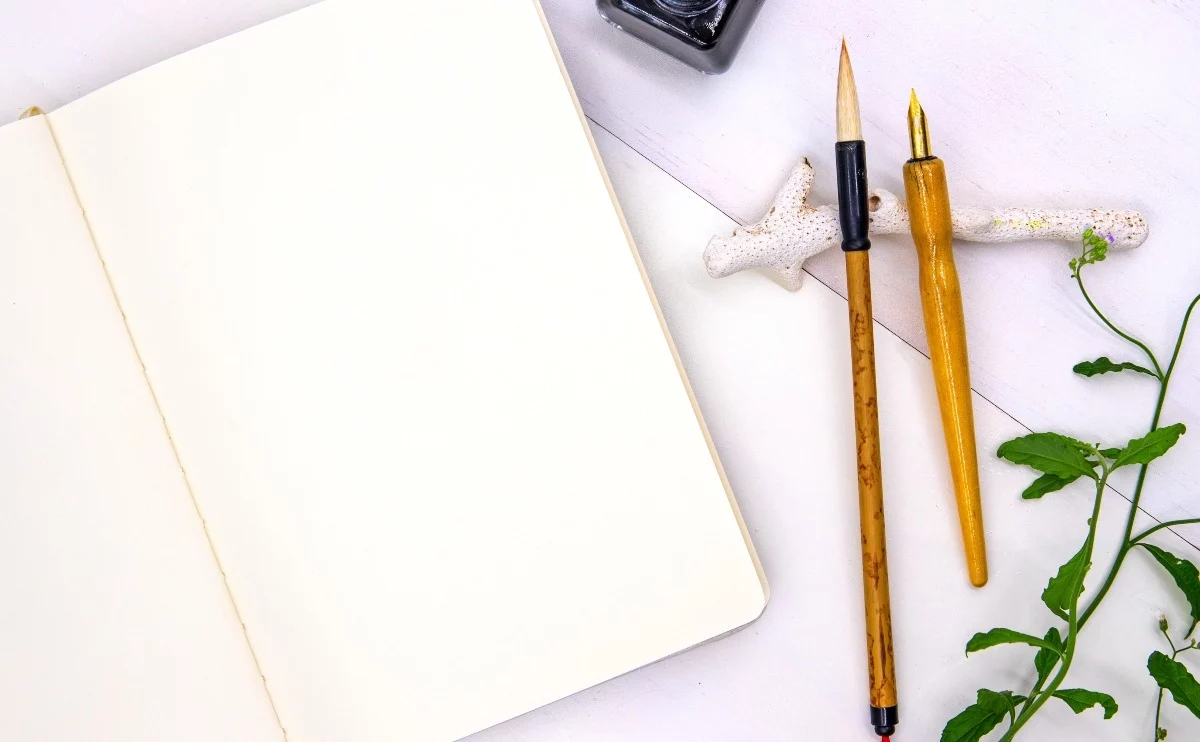
Forms of Poetry: Jueju
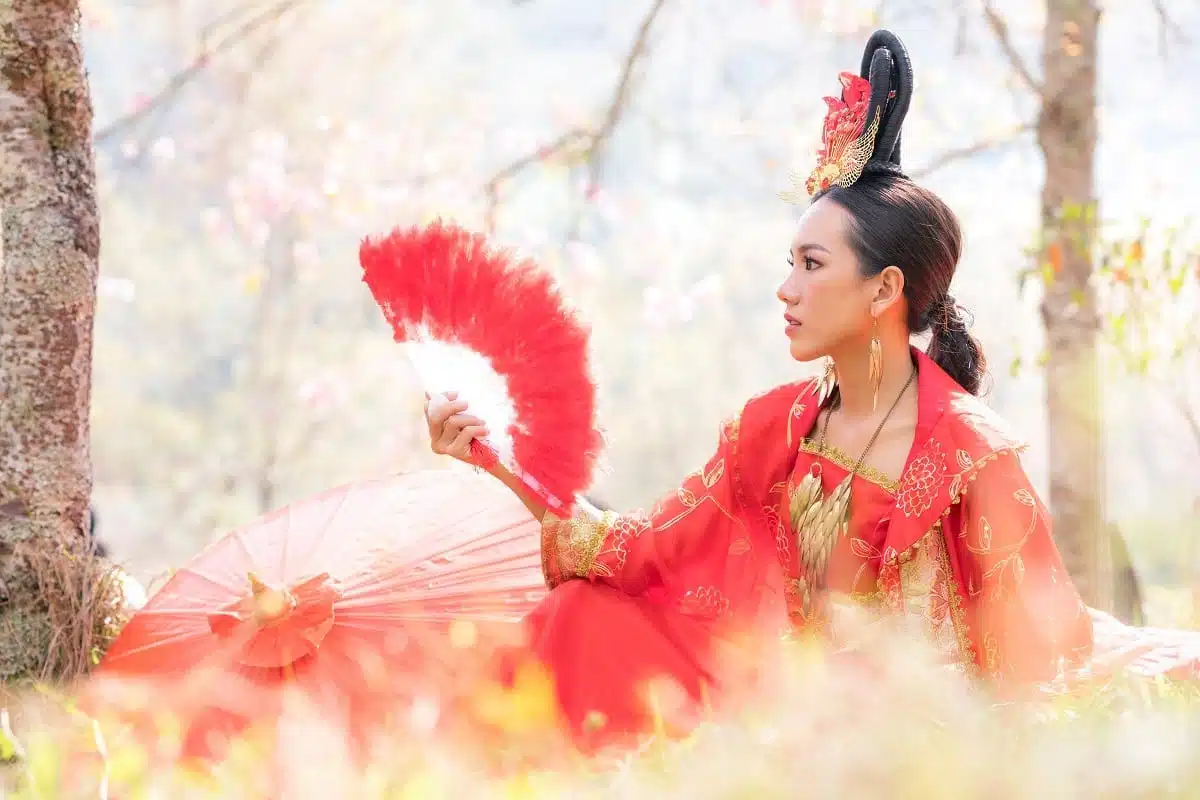
Jueju (cut-off verse) is a poem form that traces its roots back to China.
Some sources have localized it to chueh-chu instead.
Of particular note is an eight-line form floating around that seems to have been inspired by Robin Skelton’s The Shapes of Our Singing, consistently referred to as chueh-chu.
It should be noted that the historical jueju refers to a quatrain, not a set of two quatrains.
It’s worth pointing out that the original Chinese form utilizes character count, a metric that is not completely applicable in English (though it is effectively the same way we use syllable count).
The form has also been called the “Chinese quatrain” though this is a bit of a misnomer since not all quatrains written in Chinese would automatically be jueju.
Basic Properties of Jueju
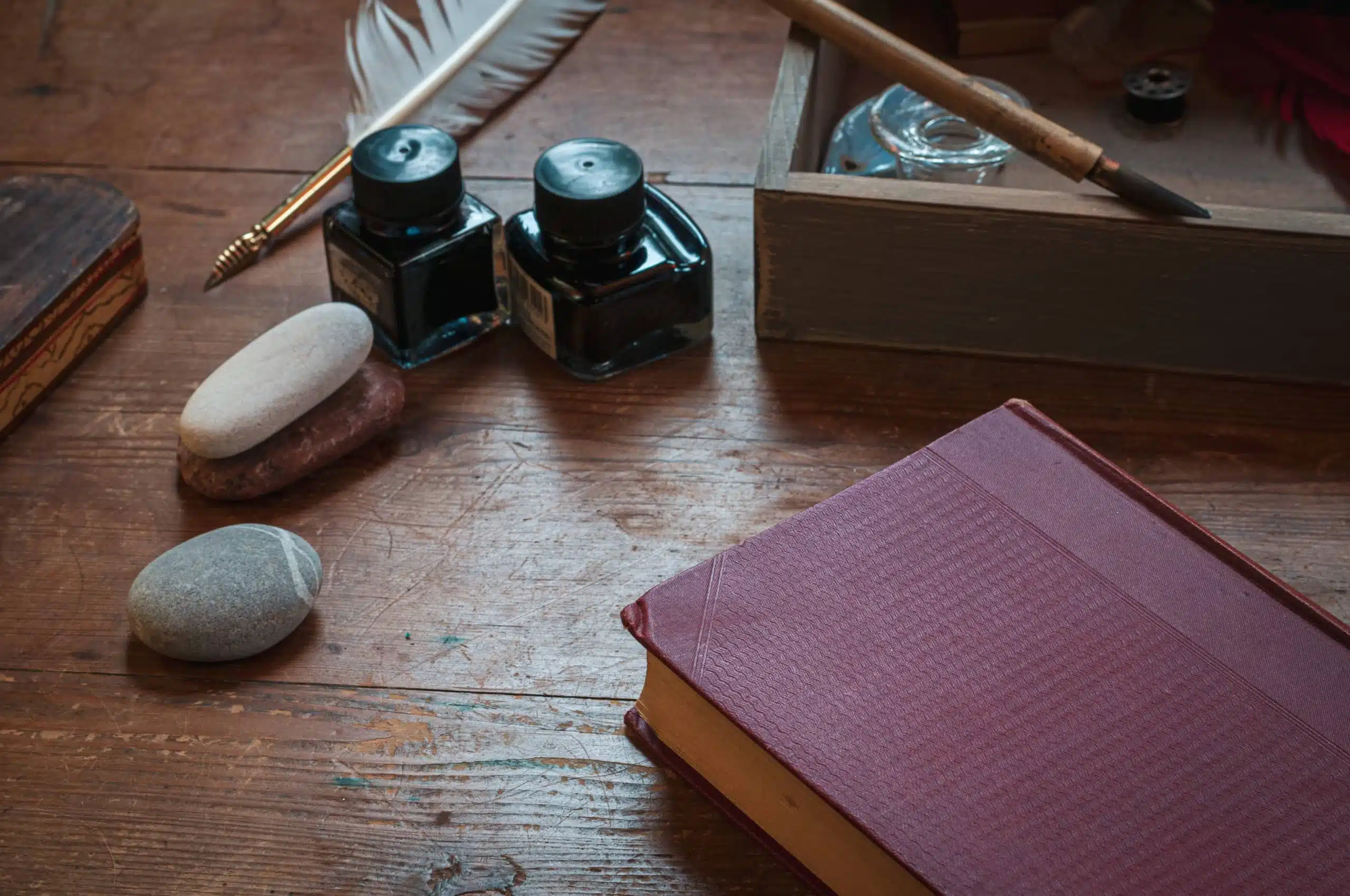
| Rhyme Structure | Strict, multiple schemes |
| Meter | Based on tone in the original Chinese; usually unmetered in English adaptations |
| Origin | China |
| Popularity | Most popular during the Tang dynasty |
| Theme | Varies; common themes include nature, spirituality, philosophy, history, etc. |
History of Jueju
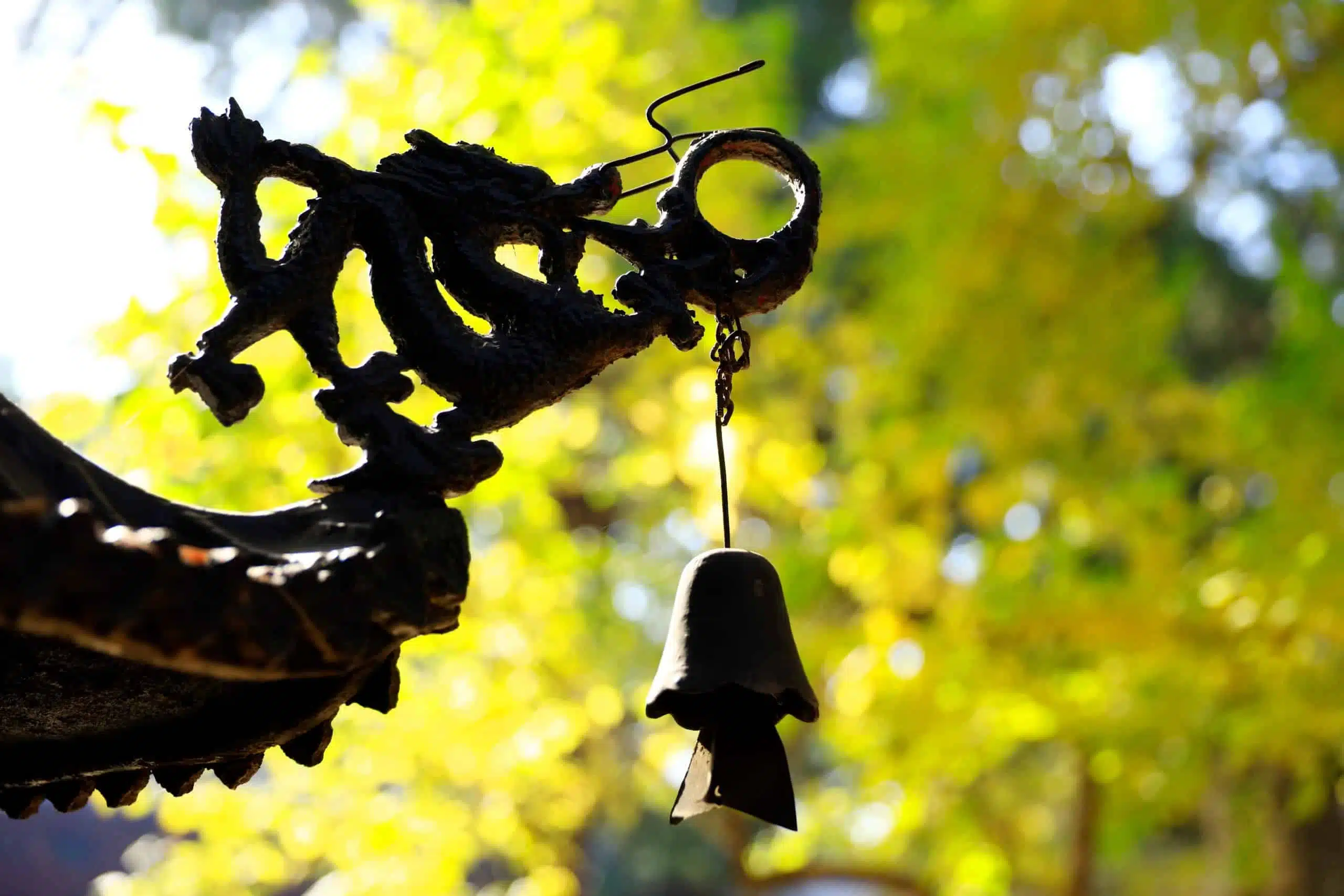
While it can be difficult to pin down the origins of the jueju, it seems to be a condensed offshoot of the older lüshi verse form.
Two of the most famous practitioners of the jueju were Wang Wei and Li Bai.
The form was especially popular for expressing religious beliefs, with many historical examples of Taoist and Buddhist jueju.
Wang Wei was considered one of jueju’s greatest masters.
Roughly 400 of his poems have been preserved, with this number dipping as low as 370 or being as high as 420, since some are contested as not being the genuine article.
His poems routinely depicted the beauty of nature.
Example of a Jueju
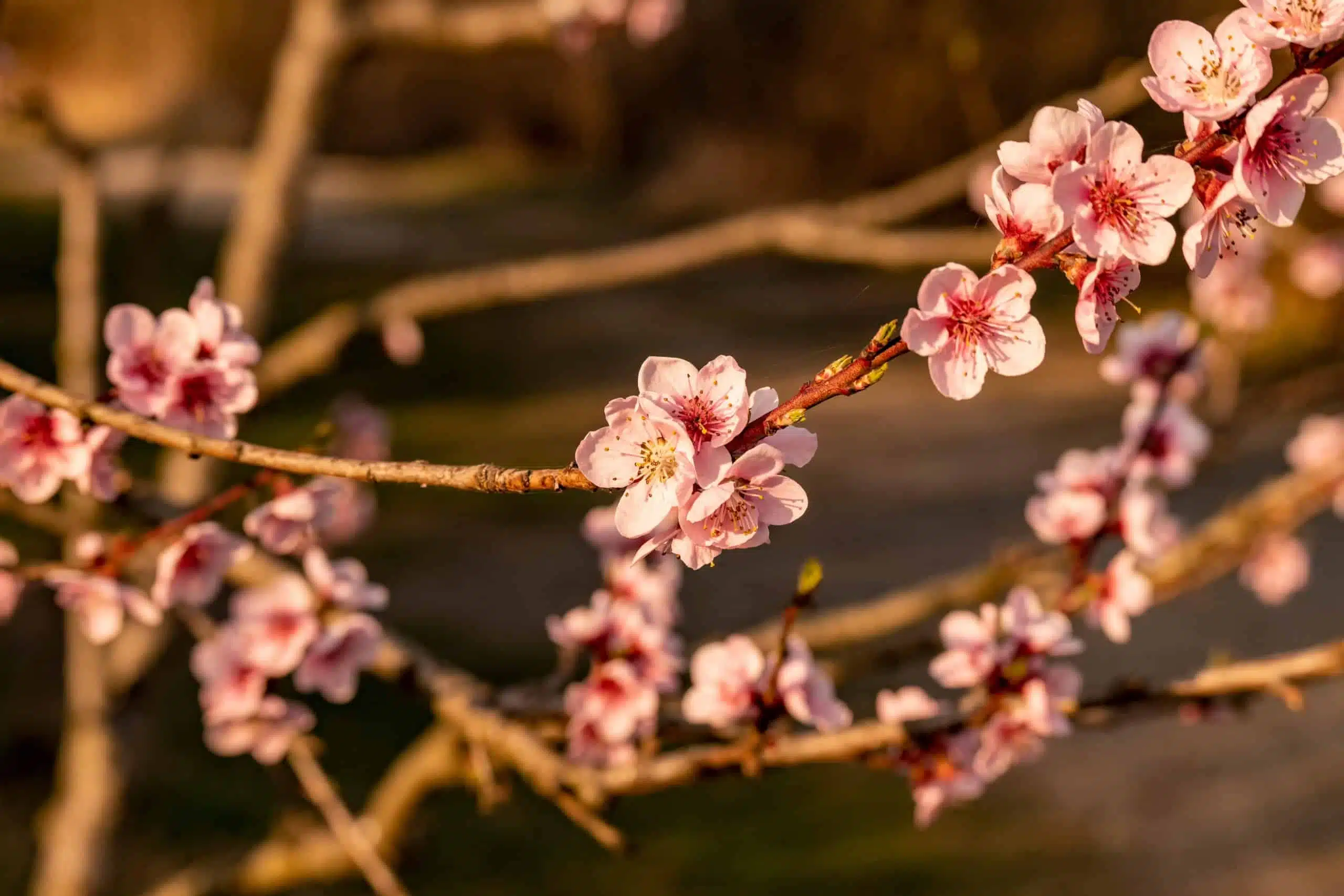
One-Hearted by Wang Wei (translated)
When those red berries of the south,
flush on the branches in the spring,
take home an armful, for my sake,
as a symbol of our love.
The above example, a translation of one of Wang Wei’s quatrains, does not exemplify the rhyme scheme or structure due to the nature of translation but should give you some idea of the general style that this form lends itself to.
Note the clause at the end of the third line (for my sake).
One standard of Chinese jueju is that there would be a hard caesura before the last three syllables of the third line.
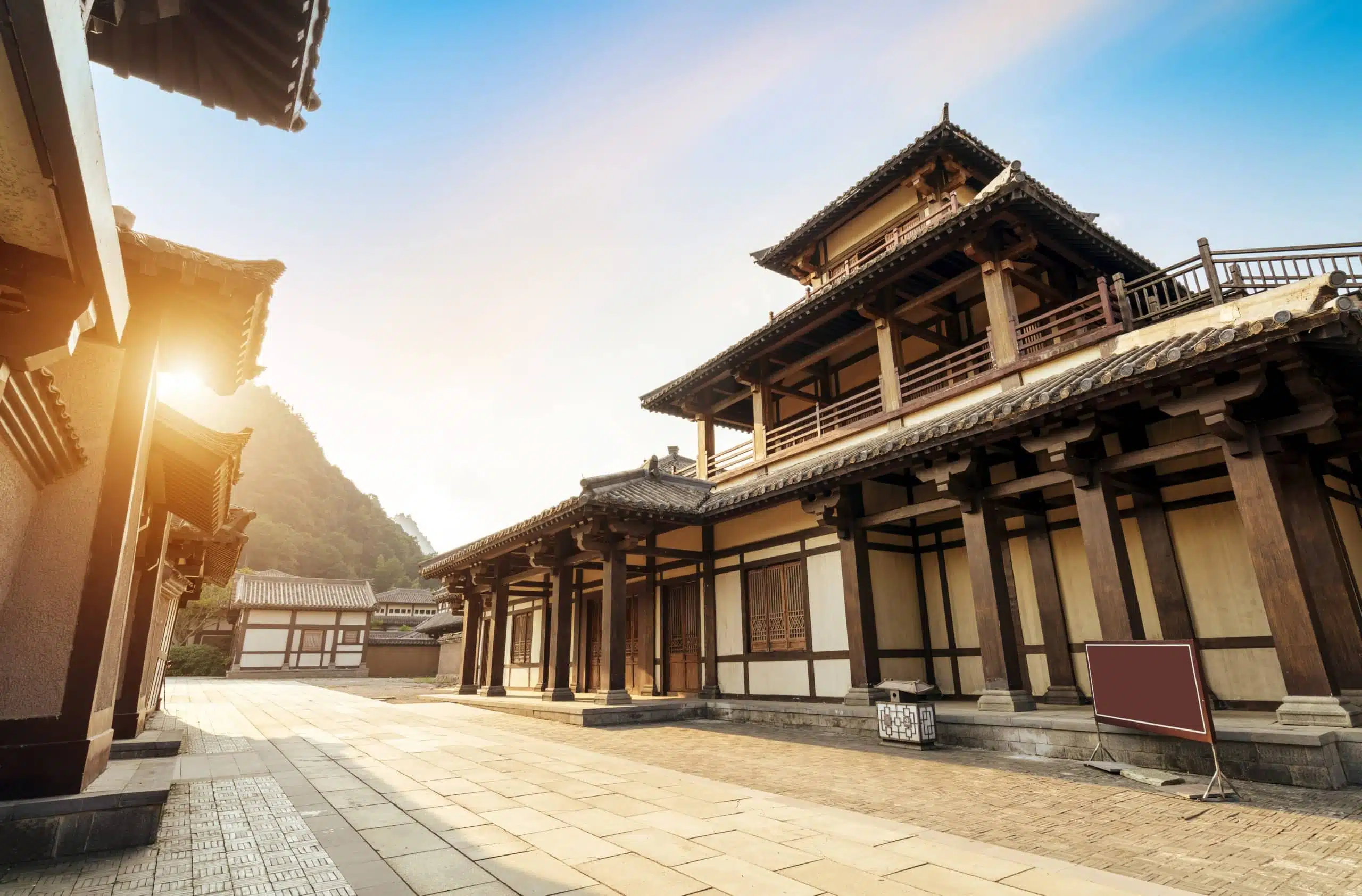
Li Bai (also called Li Bo) was considered one of the most important poets of the Tang dynasty.
While not all of his poetry was written in jueju (some thousand of his poems survive today), he has been called one of the greatest masters of the form.
The jueju experienced the peak of its popularity in the Tang dynasty (618-907 AD), during which writers prioritized grand scale topics such as philosophy, history, and religion.
This form is considered a golden age for Chinese civilization by many historians.
Structure of Jueju
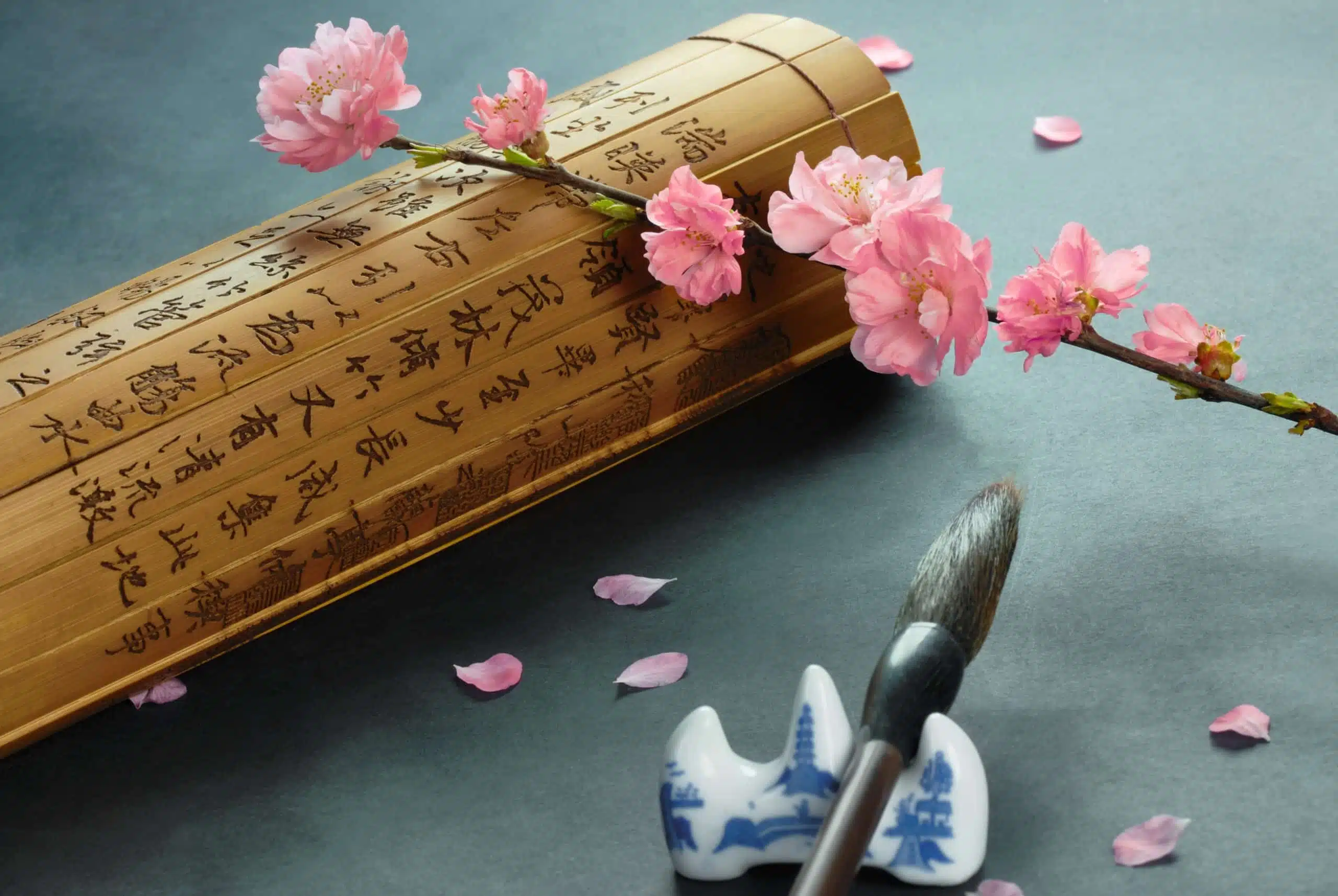
The Chinese jueju consists of exactly 20 or 28 characters.
The English equivalent would be 20 or 28 syllables, with the lines being isosyllabic (having the same number of syllables per line).
So if you were to try to honor the Chinese tradition, you would restrict yourself to five or seven syllables per line.
The shorter variant is called wujue, while the longer form is called qijue.
Chinese jueju utilize complicated tonal patterns.
These can be considered similar to the stressed and unstressed syllables of English meter, though the meaning is not exactly the same.
The two couplets of the jueju form independent units, and there will be a poetic turn in the third line.
When considering rhyme scheme and tones, there are ultimately eight variants of the jueju structure.
One common principle of the form is that the even-numbered lines will always rhyme, but jueju is ultimately more like a category of multiple forms in the original Chinese than one unified form.
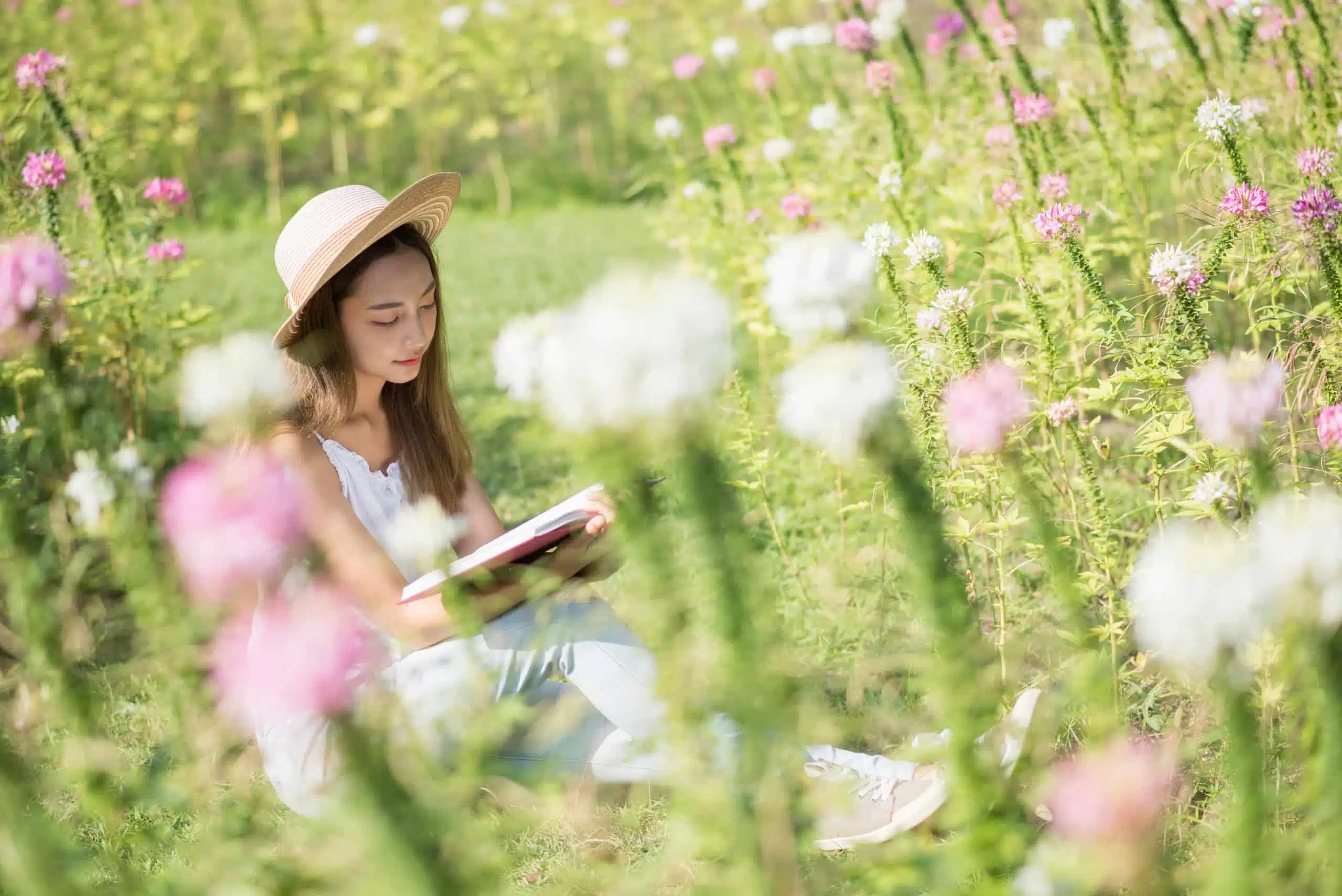
The rhyme schemes utilized by jueju are xAxA and AAxA, depending on which of the eight variants is utilized.
The tonal pattern varies quite a bit and is difficult to replicate in English, since a version based on stresses would mandate multiple consecutive stressed syllables followed by multiple consecutive unstressed syllables and/or vice versa.
If you were to write a jueju in English, you would need to determine how historically accurate you would like your form to be since the standards of the form are difficult to apply to a Western language.
Skelton’s chueh-chu is likely the closest approximation you will find readily available, but you should feel free to replicate as much of the original form’s traditional qualities into your work as possible.
Tips for Writing Jueju

Creating your own approximation of the jueju comes first since you most likely won’t be writing in Chinese if you’re reading this article.
If you are a master of Chinese, congratulations.
You should probably go by the actual standards of the form in that case.
For the rest of us, it will be a matter of compromise.
You could accept Skelton’s chueh-chu as gospel, adapt as many of the original Chinese rules as possible, or come up with some variant of the rules that seems reasonable for an English form.
If I were to assign a set of rules for an English jueju, then they would be as follows:
- Four lines and only four lines, no additional quatrains.
- Every line should have either exactly five or exactly seven syllables (but not a combination of both).
- Utilize either an xAxA or AAxA rhyme scheme.
- A hard caesura should be employed near the end of the third line, signifying a poetic turn that flows into the last line.

If you wanted to be more severe with yourself, then you could try to mimic the unique tone schemes of the Chinese form utilizing stressed and unstressed syllables as a substitute.
This would give you a closer idea of how difficult the form was actually intended to be, but it seems excessive for an adaptation.
Utilizing the above rules, here is an example poem mimicking the jueju style:
Darkest Sea
Fogs roll in from darkest sea,
begging ships to wander near,
but if you sail, do beware,
live souls must not linger here.
Jueju has been utilized to cover a wide range of topics in its country of origin, so don’t feel restricted to expressions of nature’s beauty or religious devotion.
The style lends itself well to concision and focus.
Poet’s Note

I spent about an hour confused as to why there were so few sources about “chueh-chu” before I realized that there were probably other ways to Romanize the original Chinese terminology.
Always be careful when researching foreign poem forms since the sources are inherently less reliable due to a shortage of translators.
All of my sources were secondhand, since I don’t know how to read in Chinese, but I did my best to cross-reference them as much as possible.
Comprehensive Collection of Poetry Forms: Craft Words Into Art

Dare to traverse the entire spectrum of poetic forms, from the commonplace to the extraordinary?
Venture from the quintessential Sonnet to the elusive Mistress Bradstreet stanza, right through to the daunting complexity of Cro Cumaisc Etir Casbairdni Ocus Lethrannaigecht.
For those with a zeal to encounter the full breadth of poetry’s forms, this invitation is yours.
Start exploring the vast universe of poetic ingenuity with our comprehensive array of poetry forms right now!
